The Rise of Women: Why The Future Belongs to Females
Exploring the Global Movement Towards Gender Equality and Empowerment.
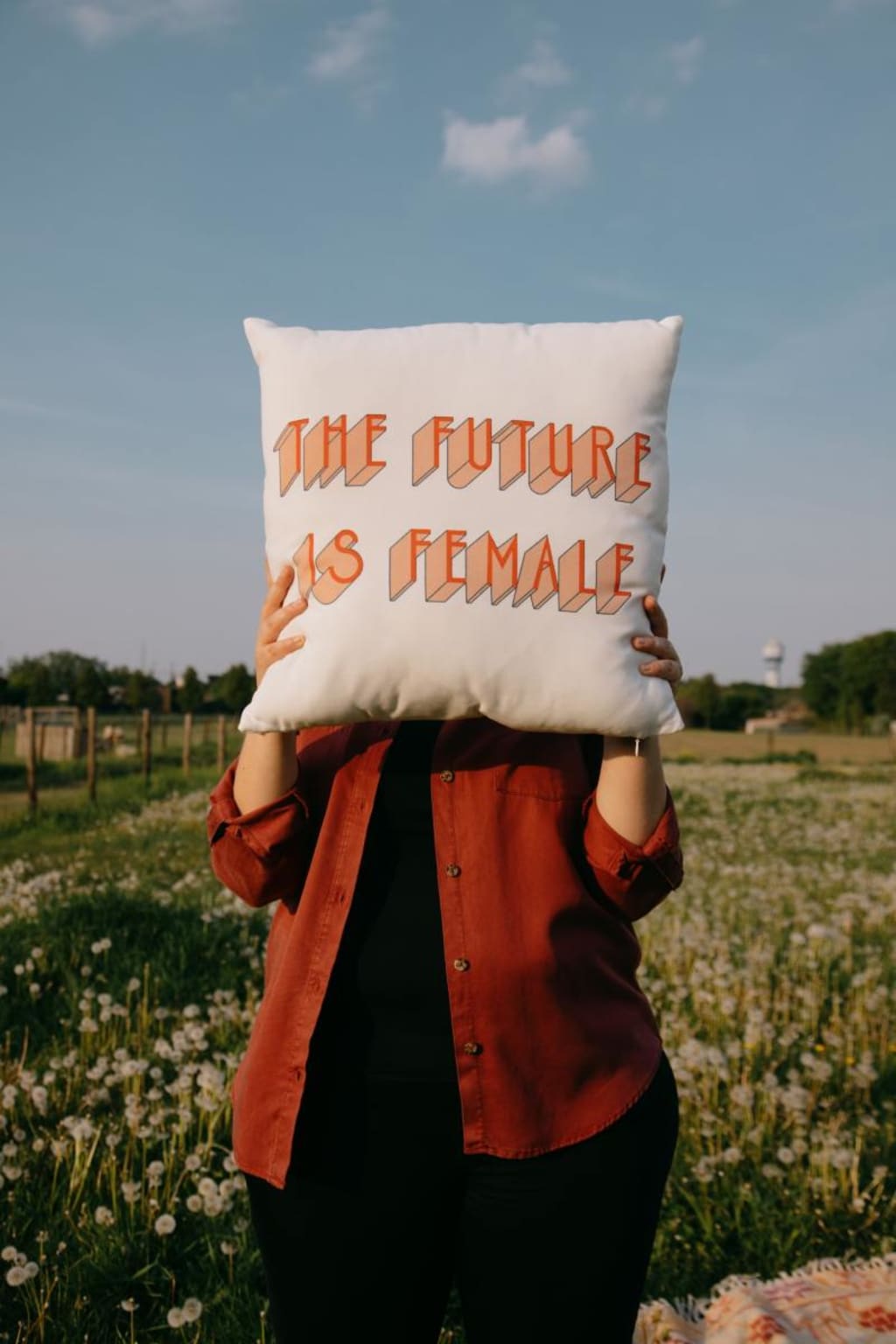
The phrase "woman's rights" first appeared in the French phrase "women's liberation." In the 1980s, the struggle for equal political and legal liberties for women was referenced by the communist utopian Charles Fourier.
Then, can we safely state that you are a women's rights activist?
Rarely is the response to this query a simple yes or no. Either a clear "yes" or an explanation that makes you wonder why you are making such a rational argument.
Or, on the other side, with a resounding "by no means" – painting all women's activists as man-skeptics who need to stop pretending to beg and start working.
When you take a closer look, you often notice that neither side's arguments are particularly convincing. Sagacious information, insufficient data, and an assessment that is insufficiently supported by evidence are all that are provided.
Furthermore, it ought to be the objective of any instructional work addressing this important but contentious topic, or so we would like to believe. No matter whose side you are on or whether you are theoretically still unsure while also believing that more information may surface, this is where your journey to self-discovery starts. with knowledge, not speculation. Read on...
What gave rise to women's rights?
The term "women's liberation" was originally derived from the French phrase "woman's rights." In the 1980s, Charles Fourier, a communist utopian, created the expression in an effort to achieve equal rights for women in politics and the law. However, the phrase, which was originally used to refer to "female qualities or character," is now only occasionally used in that context.
Orientation studies support an expansive definition of women's liberation, where women's rights are concerned not only with the usual justice among individuals but also with everyone's equal admittance to power and possessions. This concept also has legitimate examples, such as broad-reaching initiatives to eliminate dishonesty and discrimination based on orientation and sex.
But it never occurred at the same moment, and it never did so consistently. Women's liberation is sometimes portrayed as a political evolution that came about in waves, making it easier to understand how we got here. Many people get the idea that this kind of portrayal is reductive. The argument ignores numerous, frequently concurrent changes within the categories of race, nationality, and class by concentrating only on a few noteworthy individuals and events.
In any case, this may solve the issue of having the right education on the subject, which not many people in the globe may have due to a lack of emphasis on political theory or history.
First Wave of Feminism; Seneca Falls Show
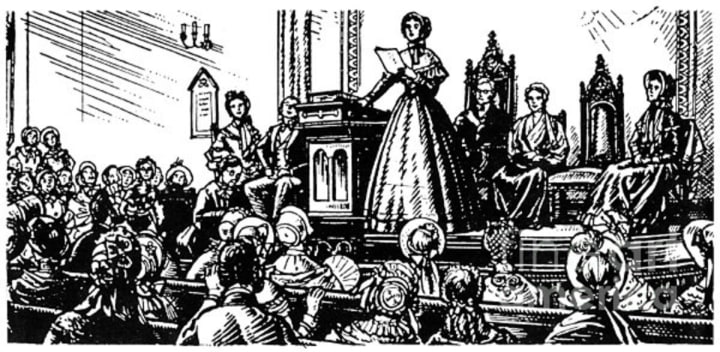
The main ladies' liberty exhibition, which took place in Seneca Falls, New York, in 1848, is sometimes cited as the catalyst for the advancement of women's liberation. Thus, the American Ladies' Testimonial movement, which billed itself as a time of resistance against generalizations about women in domestic obligations, was formally discontinued. In the eighteenth century, the notorious "Ain't I a Lady?" justification given by the slave-born Lucy Gauge took place.
The most notable goal of women's rights was to alter society's perception of women as people rather than as something to be utilized as property. Although abolitionists like Frederick Douglass and Sojourner Truth were active in the first wave of women's liberation, their main focus was on the rights of white women. First-wave women's freedom is thought to have come to an end in the US with the 1920 adoption of the 19th Amendment, which allowed women to vote.
Second-wave feminist theory; girl-style
The third wave of women's rights emerged in the middle of the 1990s by putting "essentialist" notions of gentility to the test in order to overcome the second wave's glaring flaws. The concerns of lower-class white women living in societies with less power were not given the same consideration as those of upper-working-class white women, according to the third flood of Women's Rights.
With the aid of Uproar Grrrl, Anita Slope's allegations of high court justice Clarence Thomas' inappropriate behavior, and troublemaker ignited woman's rights, this time building on the foundation laid by Ladies' Freedom while simultaneously building the groundwork for individuals in the future.
Ladies' Liberation and the Next Wave of Women's Activists
The following wave started about that time and lasted till the latter half of the 1980s. Most people associate this wave with either Ladies' Development or Ladies' Freedom. It was an effort to promote more significant social justice for women in the workplace and in the living space.
While the initial wave of women's emancipation was spearheaded by Western, cisgender, white women, the following stage attracted women from all backgrounds looking for honor and tenacity. Developments like the Public Association for Ladies in 1966 strengthened the political activism of women.
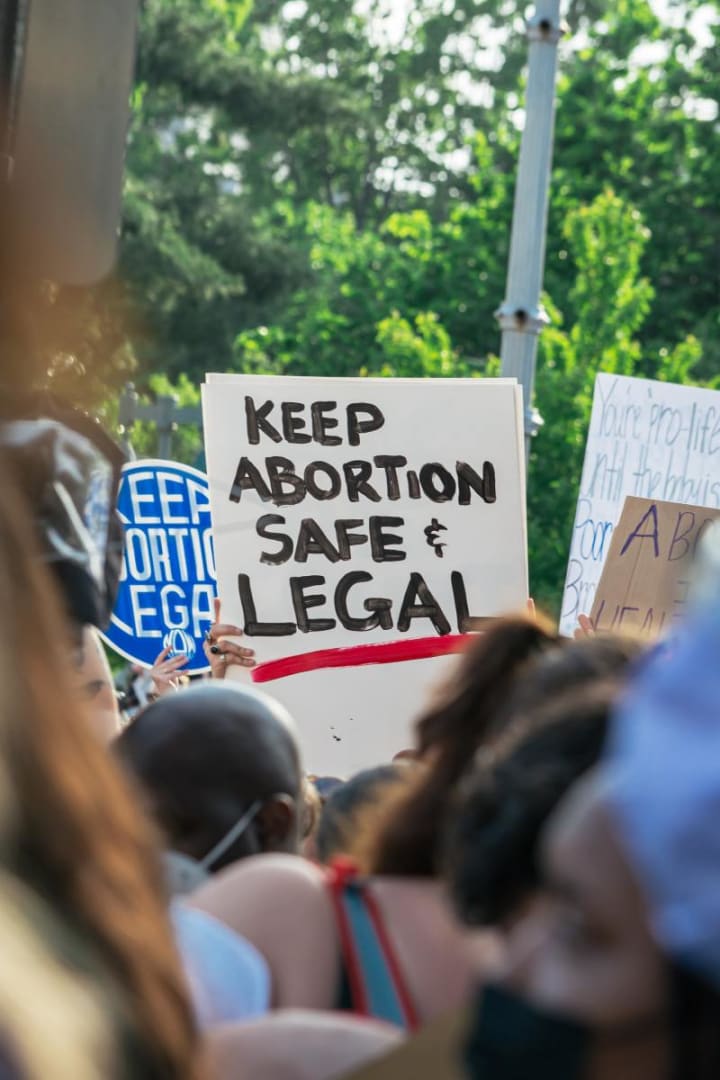
They used language to achieve their social goals; one notable example is the use of Ms. rather than Miss or Mrs. to try to avoid having to reveal one's marital status (the way Mr. already did for males). The second wave of feminist activism focused on how women should be treated in public, with the social equality movement and anti-Vietnam War protests serving as inspiration.
Women's rights marches, Metoo, and the Fourth Wave
The MeToo movement and a rise in attacks on women's privileges have been used to describe the Fourth Flood of Women's Rights, which has continued to focus on diversity and is defined as "the hypothesis that the cross-over of different social personalities, like race, orientation, sexuality, and class, adds to the particular kind of foundational persecution and separation experienced by an individual." Online entertainment activism has been the main force behind this development's rapid growth, despite occasional controversy.
Women's liberation is now seen, in accordance with a larger definition, as a political, social, or economic development focused on granting women equal rights and legal security. The goal of women's rights may now be more obvious: to advocate for gender fairness in terms of orientation and to combat the specific burdens they face on a regular basis.
We in India were the same, but the most notable women's rights campaigners in our nation were men.
The "Best Indian Lady" is frequently addressed in a generalized manner, as though from a Saas-bahu television show.
A well-mannered, educated, but unemployed mother and wife who dresses in sarees and jewelry, and whose wellness ka khana is the key factor connecting her family to her. Her position is meant to be critical, and it should be that way.
similar to the theories Shilpa Phadke offered in her book, "Why Stand Around?"
According to the maxim, "A good lady never goes out until she has a strong reason to do as such."
In Indian family structures, however, this was the exact opposite of a major incentive for women, according to the experiences of many men from that society. They campaigned for the necessity to outlaw child marriage, openly detested the cultural problems associated with sati, requested that self-designated social adjudicators permit widow remarriage, and engaged in archaic efforts to eradicate illiteracy and elevate women.
In their innovative works, academics like Rabindranath Tagore, Balaram Das, and Bankim Chandra Chatterjee expressed the need for the repair of this erroneous societal framework. Reformers like Raja Smash Mohun Roy, Master Dayananda Saraswati, and Ishwar Chandra Vidyasagar fought tenaciously against the idea that women were only appropriate for the kitchen and advocated for a radical shift in how women were perceived in Indian culture.
Women's rights also made ripples throughout the Indian continent.
1850–1915: The Underlying Wave
Women who were early supporters of women's rights and education, such as Savitribai Phule, who founded the first girls' schools in Quite a while in 1848, Tarabai Shinde, who wrote Purush Tulane, India's most famous feminist text, and Pandita Ramabai, who criticized position and male-controlled society, started the development of women's rights a little while later.
The Main Influx of Indian Women's Liberation began during the provincial period, also referred to as India's pre-freedom period. The treatment of women as the "property" of their husbands continued, and they were not given the same access to education. Polygamy, child marriage, and sati were the fundamental cultural problems that prevented Indian women from becoming more prominent in society. Women's rights activists around the nation started making an effort to eradicate these "deviations" from society.
In order to revitalize the Main Wave's earlier changes, the Second Rush of Indian Woman's rights afterward advanced.
Other than Wave (1915–1947)
During this time, women in India made promises and fought against the mistreatment of pilgrims. The 1920s was a different era for Indian women. Local ladies' associations emerged during this time as a result of how women's rights were portrayed. There are formal organizations like the All India Ladies' Meeting (AIWC) and the Public Organisation of Indian Ladies (NFIW).
Discussion topics among the women included their level of political support, their right to vote, social disparities, and leadership positions within ideological organizations. The women's movement for independence helped them become more critical of their status and privileges in a sovereign India. Despite making significant progress during a time of political unrest in the nation, the Second Rush for women's liberation was unable to fully advance orientation uniformity.
Three Waves (The Era Following Freedom)
After successfully competing in the Indian opportunity battle and demonstrating their leadership ability, Indian women were given the option to vote. But that's all that has changed now.
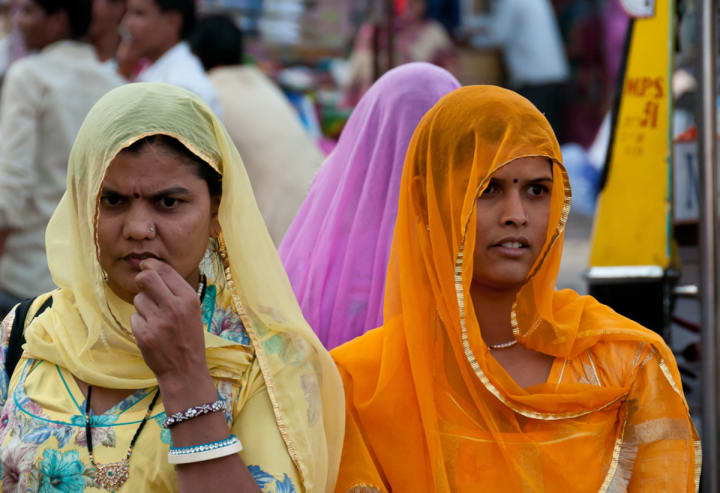
During India's early attempts at progress, women suffered greatly from a variety of problems, including inadequate health care and sterilization, irregular pay, relationships requiring financial support, early termination of female hatchlings, and a long list of other problems. The Third Rush of the Indian woman's rights movement had a big goal to serve as a reminder to those in positions of authority that women must be abandoned in that mindset of creating the country.
The fundamental goal of the third wave is to surpass its predecessors. It challenges the prevailing social and political structures that are dominated by men, something the previous two developments were unable to do.
The Third Wave typically increased public and societal awareness of the problem. This time, a number of pivotal incidents marked the beginning of a new era for Indian women's rights. These events included the outrage surrounding the Bois Storage space incident, the well-known #MeToo movement, the backlash against Fair and Wonderful's discriminatory advertisements, and the High Court's ruling in the NALSA case.
In any event, it would be premature to declare that this has unquestionably advanced society.
At this point, it hasn't been completed.
What is actually happening with equity is making sure that being courteous isn't synonymous with being quiet. Frequently, shaking the table is quite upright.
Many people agree that women's liberation as progress is currently insignificant because women may now vote. The wonderful Indian vote-based system gives them the chance to express themselves and their preferences! It is true. Women vote more frequently than males in many sector gatherings.
Even so, casting a ballot is insufficient. Women should climb the legislative stepping stool to positions of leadership. Despite protests and attempts to include them, women hold slightly fewer positions in public authority.
In addition, regardless of whether there is a chance, the pay for labor isn't comparable. The orientation pay hole is a major problem in India and throughout the world.
While it is comforting to know that some women today believe they have equal opportunities to men, the question still needs to be answered.
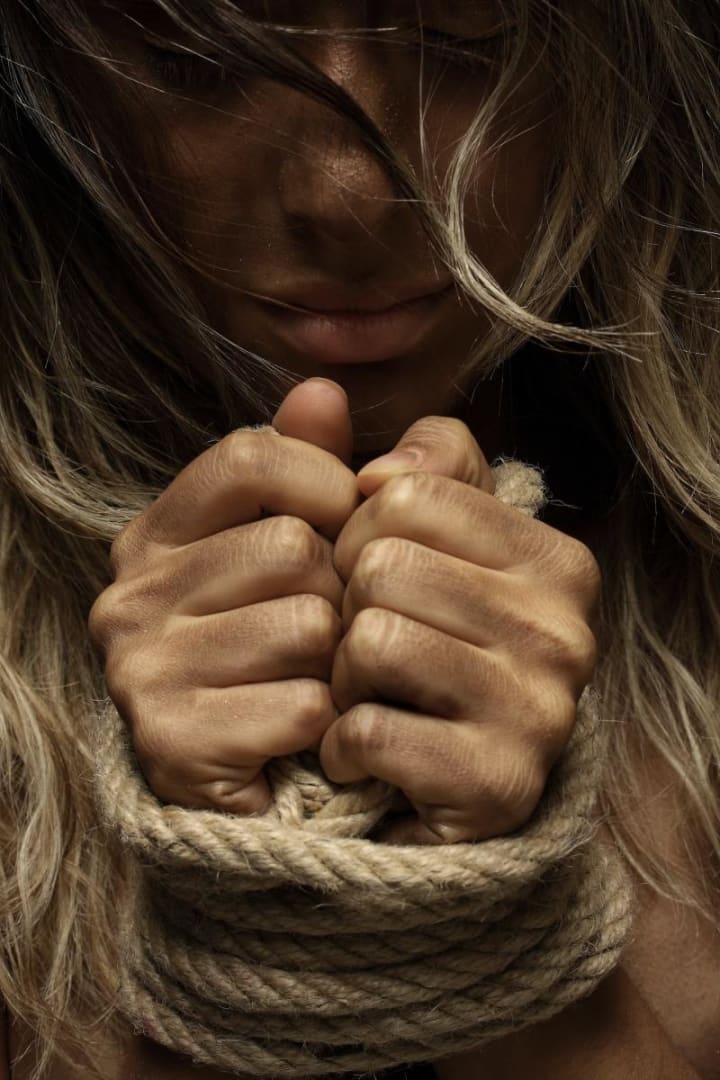
Notwithstanding those who have previously fought for them. Whether women are allowed where they are right now? The struggle for women's liberation is never-ending; it is not an unusual problem.
It's crucial that all women on the earth feel on an equal footing with all males.
It is crucial to maintain male-centric customs, such as adopting your spouse's last name after marriage, for as long as possible.
It is crucial as long as women continue to be harassed, abused, and improperly approached when they commute to work by bus or train and struggle to avoid being seen as objects by the men around them. They require it till they feel secure enough to return home late at night without worrying about being attacked, and should something unsavory happen, they require it so they may be upheld by their country and given proper punishment if something wrong has been done to them. It might be better to use a more precise phrase than "ladies strolling around late at night or wearing Western clothing invite men to assault them."
Important until the idea that toys are also oriented differently, with cars for boys and Barbie dolls for girls, is considered. I'm done now.
Words like "b**ch" are soon used to describe women who promote themselves in professional settings while acting more like wh**es when they spend more time with their male partners than other women.
It is crucial till the case of the child murder of unborn young girls is resolved. until parents realize that regardless of gender, all children deserve the same amount of love, care, support, nourishment, and opportunity.
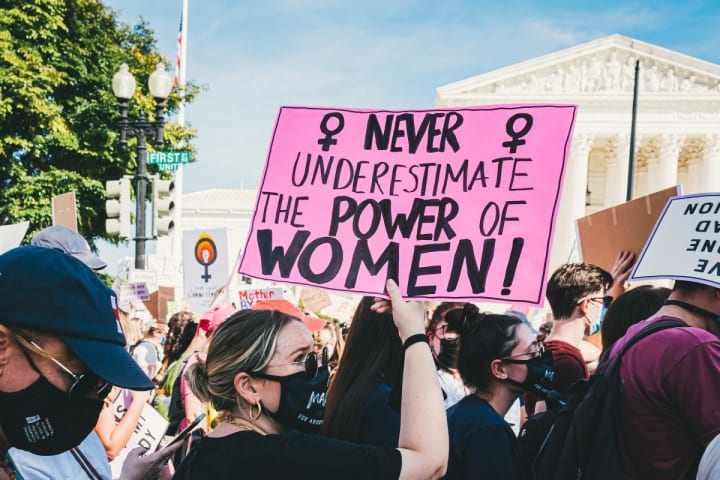
However, a prominent thinker and creative Madhavi Menon point out, women's freedom isn't the major theme of online entertainment. The magnitude of the challenges facing women is evident from the fact that significant advancements in online entertainment are still needed.
Despite the fact that women's rights are still associated with detrimental changes in power and authority structures, online entertainment fights for a more level playing field by giving women's voices from various beginning places and personalities the opportunity to be heard. The primary goal of modern women's emancipation is the equality of the sexes.
Many people actually associate supporting women's rights with being anti-male, claiming that women are simply playing the role of the antagonist or that men are inherently different and therefore couldn't measure up, despite the fact that numerous statistics demonstrate that women are treated unfairly compared to men.
This is where the discrepancy between the widely acknowledged beginnings of women's rights and its true significance resides. Given that the negative undertones associated with "Being a Women's activist" are scoring significantly, we must address what woman's rights are. The two sides in this growth are different, but in order to be one definitively, one needs to understand the fundamentals of where women's liberation began and where we are now.
The main goal of this piece is to draw attention to the current and legitimate commitments made by women while also serving as a reminder of the ongoing necessity to maintain women permanently ingrained in the global economic system. Since it is more clear than ever that women belong here, who are the people who disagree with that, today more than before? Your time limit has passed.
About the Creator
Ahamed Thousif
🌟 Welcome to the realm of exploration, where communities come alive through the power of words! 📚✨ Join me as we embark on a journey to discover the vibrant tapestry of stories and Poems.
VISIT - "MY FOOD BLOG"




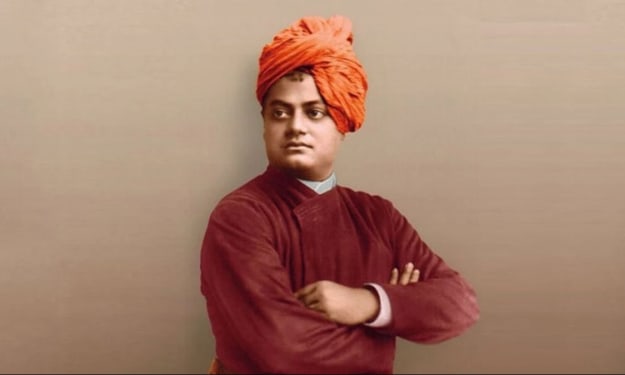

Comments
There are no comments for this story
Be the first to respond and start the conversation.